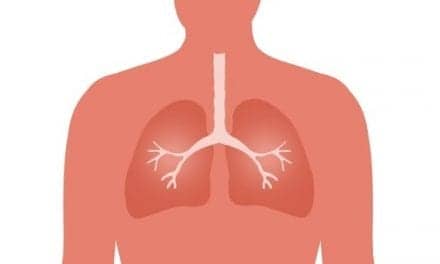Ultrashort echo-time (UTE), a new MRI technique, can efficiently detect abnormalities in the structure and function of the lungs of patients with cystic fibrosis (CF) without radiation exposure.
The study, “Ultrashort Echo-Time Magnetic Resonance Imaging Is a Sensitive Method for the Evaluation of Early Cystic Fibrosis Lung Disease,” was published by David Roach, PhD, and colleagues from the Cincinnati Children’s Hospital Medical Center in the journal Annals of the American Thoracic Society.
Researchers in a clinical trial (MRIinfantCF study, NCT01832519) used the UTE-MRI method to detect abnormal blood flow in the lungs of babies and young children with CF. The study, taking place in Ohio, is currently ongoing and recruiting patients.
It aims to analyze the ability of UTE-MRI to detect lung abnormalities compared to computed tomography (CT) scans, but without the adverse consequences of having the patients under radiation.
The study included 11 pediatric CF patients (median age, 33 months), whose lungs were imaged by UTE MRI and CT, 11 healthy subjects (median age, 23 months) imaged by UTE MRI, and 13 additional patients (median age, 24 months) diagnosed with conditions not affecting the heart or the lungs, and who were considered part of the control group and scanned by CT. Two experienced radiologists validated the results using a well-established score for the evaluation of CF lung disease.










